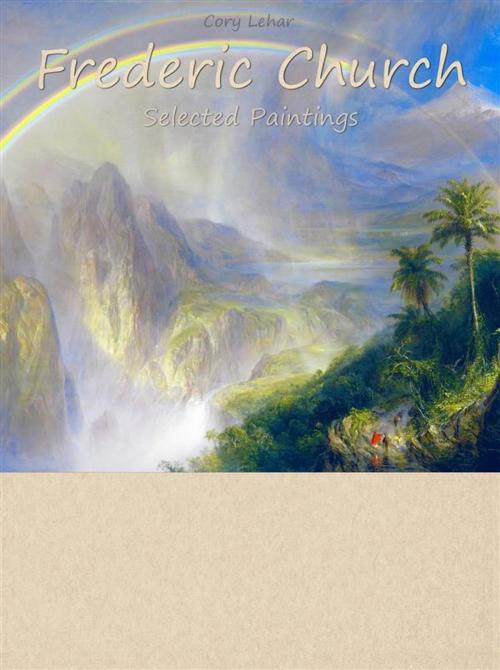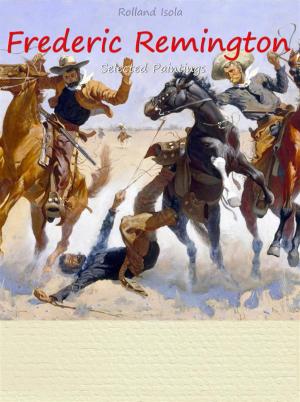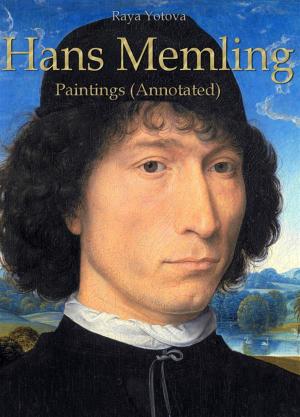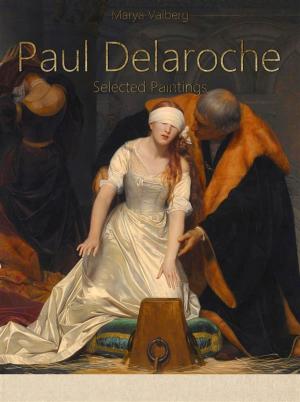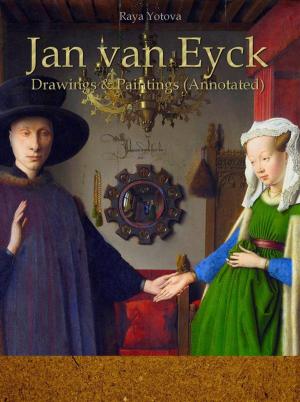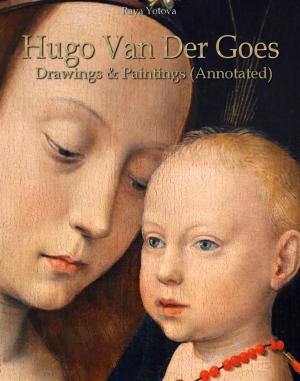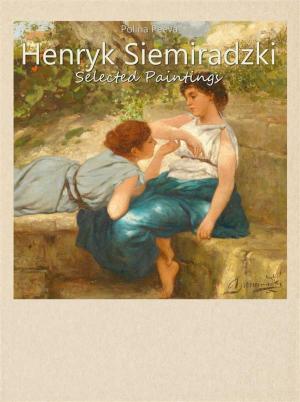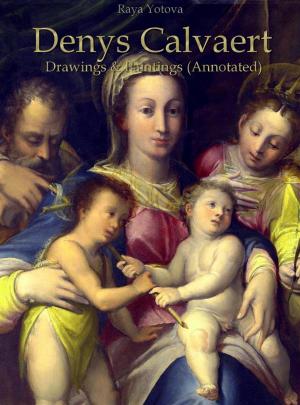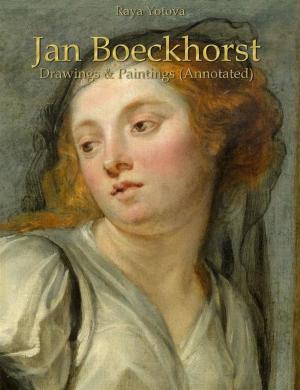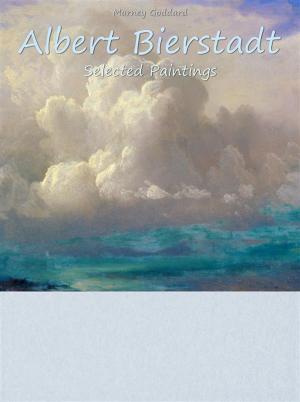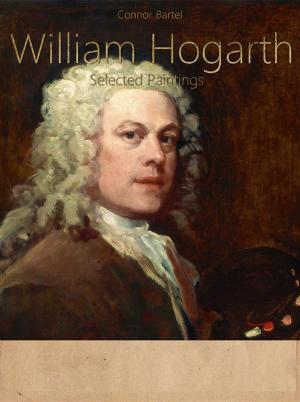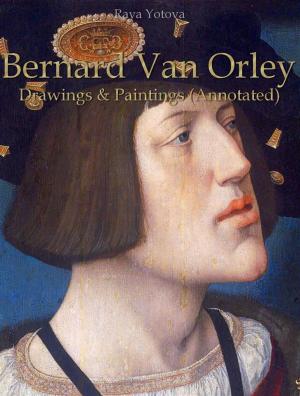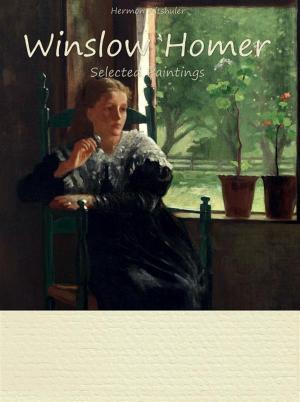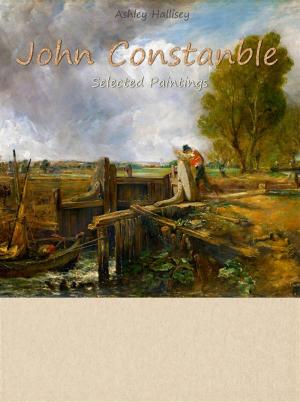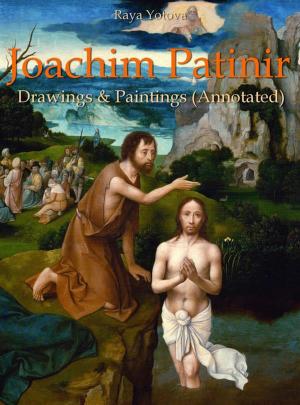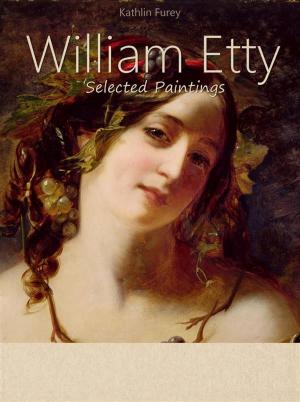Frederic Church: Selected Paintings (Colour Plates)
Nonfiction, Art & Architecture, General Art, Individual Artist, Artists, Architects & Photographers| Author: | Cory Lehar | ISBN: | 9788826094915 |
| Publisher: | Publisher s13381 | Publication: | October 11, 2017 |
| Imprint: | Language: | English |
| Author: | Cory Lehar |
| ISBN: | 9788826094915 |
| Publisher: | Publisher s13381 |
| Publication: | October 11, 2017 |
| Imprint: | |
| Language: | English |
Frederic Edwin Church (1826 – 1900) was an American landscape painter born in Hartford, Connecticut. He was a central figure in the Hudson River School of American landscape painters, perhaps best known for painting large panoramic landscapes, often depicting mountains, waterfalls, and sunsets, but also sometimes depicting dramatic natural phenomena that he saw during his travels to the Arctic and Central and South America. Church's paintings put an emphasis on light and a Romantic respect for natural detail. In his later years, Church painted classical Mediterranean and Middle Eastern scenes and cityscapes.
Church was the product of the second generation of the Hudson River School and the pupil of Thomas Cole, the school’s founder. The Hudson River School was established by the British Thomas Cole when he moved to America and started painting landscapes, mostly of mountains and other traditional American scenes. Both Cole and Church were devout Protestants and the latter's beliefs played a role in his paintings especially his early canvases. Cole, along with his friend Asher Durand, started this school in New York; it was the first well-acknowledged American artistic movement. The paintings were characterized by their focus on traditional American pastoral settings, especially the Catskill Mountains, and their romantic qualities. This style attempted to capture the wild realism of an unsettled America that was quickly disappearing, and the feelings of discovery and appreciation for natural beauty. His American frontier landscapes show the "expansionist and optimistic outlook of the United States in the mid-nineteenth century." Church did differ from Cole in the topics of his paintings: he preferred natural and often majestic scenes over Cole's propensity towards allegory.
Frederic Edwin Church (1826 – 1900) was an American landscape painter born in Hartford, Connecticut. He was a central figure in the Hudson River School of American landscape painters, perhaps best known for painting large panoramic landscapes, often depicting mountains, waterfalls, and sunsets, but also sometimes depicting dramatic natural phenomena that he saw during his travels to the Arctic and Central and South America. Church's paintings put an emphasis on light and a Romantic respect for natural detail. In his later years, Church painted classical Mediterranean and Middle Eastern scenes and cityscapes.
Church was the product of the second generation of the Hudson River School and the pupil of Thomas Cole, the school’s founder. The Hudson River School was established by the British Thomas Cole when he moved to America and started painting landscapes, mostly of mountains and other traditional American scenes. Both Cole and Church were devout Protestants and the latter's beliefs played a role in his paintings especially his early canvases. Cole, along with his friend Asher Durand, started this school in New York; it was the first well-acknowledged American artistic movement. The paintings were characterized by their focus on traditional American pastoral settings, especially the Catskill Mountains, and their romantic qualities. This style attempted to capture the wild realism of an unsettled America that was quickly disappearing, and the feelings of discovery and appreciation for natural beauty. His American frontier landscapes show the "expansionist and optimistic outlook of the United States in the mid-nineteenth century." Church did differ from Cole in the topics of his paintings: he preferred natural and often majestic scenes over Cole's propensity towards allegory.
